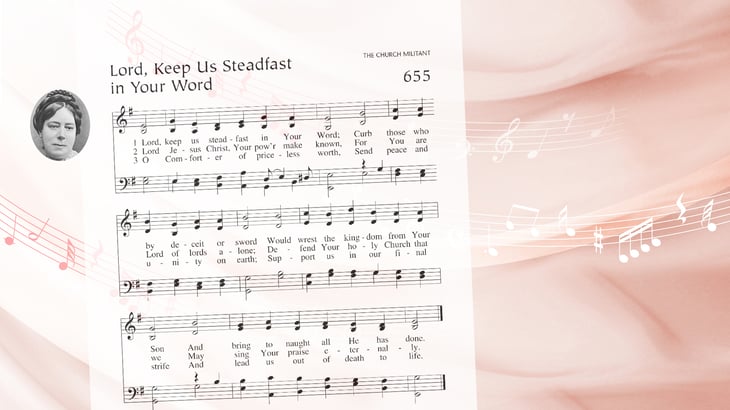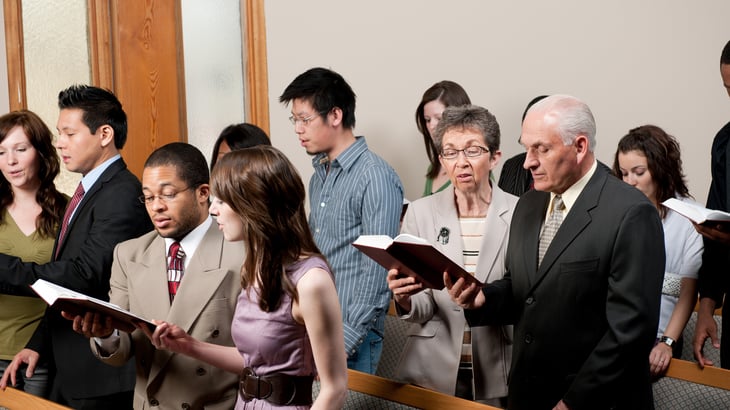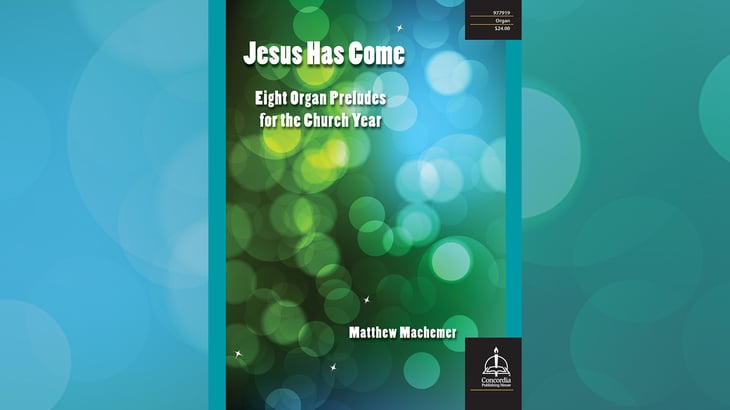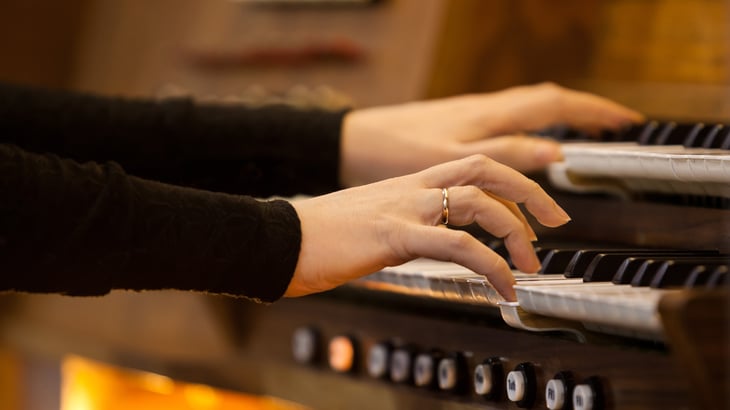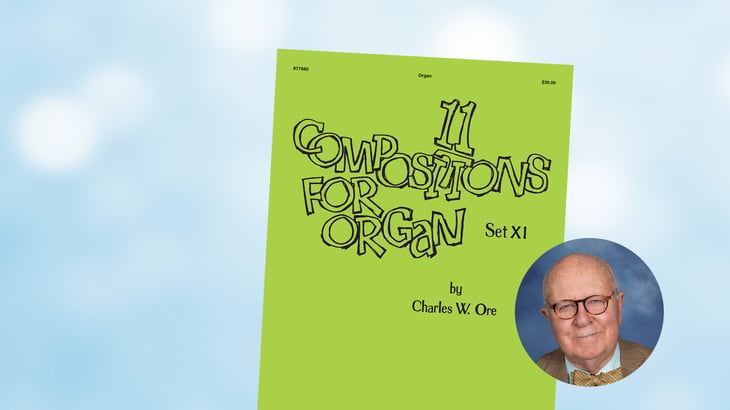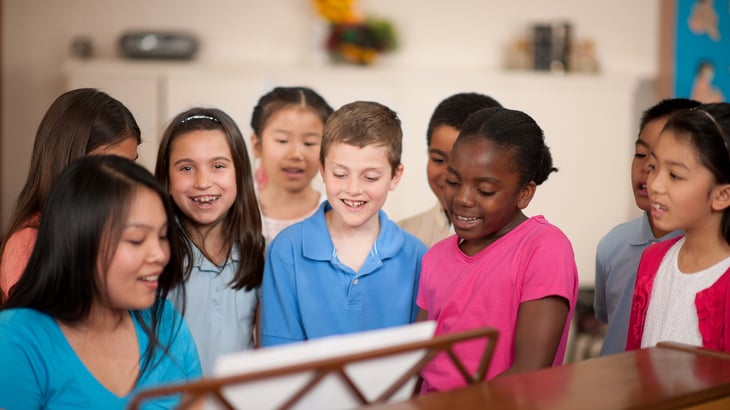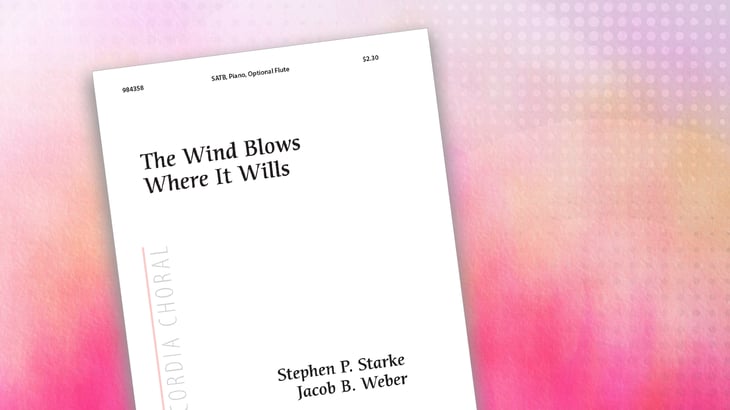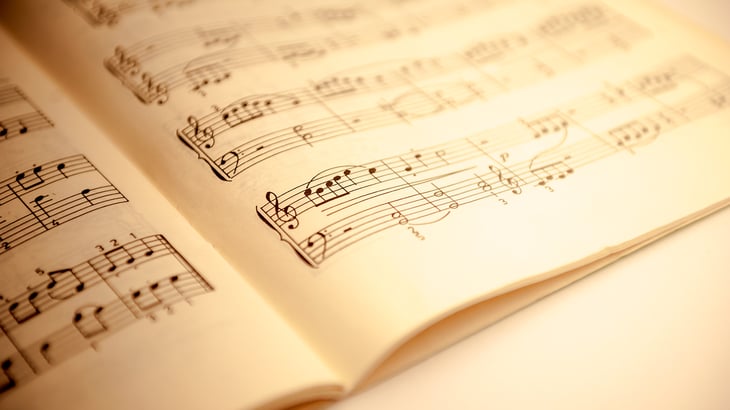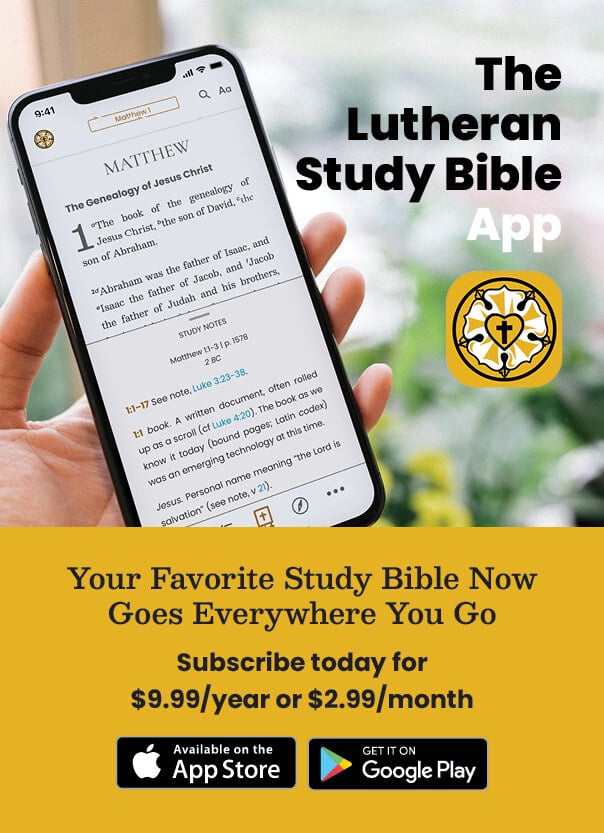Teaching the Faith with Catechism Hymns
Music is a wonderfully underrated teaching tool. Think back to your childhood. Can you remember singing your ABCs? What about the catchy tunes from Schoolhouse Rock!, which covered history, math, science, and grammar? It’s not surprising that many educators use music to help their students learn and memorize curriculum.
Martin Luther was extremely familiar with the concept of music as a teaching tool. In fact, Luther wrote six catechism hymns, one for each of the Six Chief Parts of the Small Catechism. He knew that by putting the words of Christian doctrine next to a hymn tune, it would help the people to remember the words and their meaning more easily.
Why Christians Need Pop Music
We need good music.
We need Palestrina and Bach and Mozart and Beethoven and Mendelssohn and so many others. We need good Renaissance and Baroque and Classical and Romantic music. We need good cantatas and passions and chorales and chorale preludes. We need our modern church composers, for what would I do Sunday after Sunday without my trusty Hymn Prelude Library? We need beautiful, classical, and sacred music that uplifts the soul and draws us to heaven, or refreshes the spirit, or teaches our children what truth, beauty, and goodness sound like.
But just as much as all of that, we need good modern secular pop music.
Hymn Translator of the Month: Catherine Winkworth
Catherine Winkworth (1827-1878) was born the youngest of four daughters in an Anglican manufacturing family. She was never married, never formally educated, and died suddenly when she was only 50, yet her work translating hymns from German to English is indispensable in the Lutheran tradition of hymn singing today.
Reflection on 'There is a Balm in Gilead'
The past several months in this country have made many weary, worn out, and tired. From fighting a pandemic to fighting racial injustice, there have been difficulties in neighborhoods from coast to coast. During these times of struggle and injustice, the meaningful message of hymns continues to provide comfort and point people to Christ.
In today's post, read Dr. Joseph Herl's commentary on one well-known African American Spiritual hymn, “There is a Balm in Gilead” (LSB 749), from Lutheran Service Book: Companion to the Hymns.
Music of the Month: Jesus Has Come—Eight Organ Preludes for the Church Year
This collection contains an array of settings that will appeal to organists of all ability levels and sensibilities. The melodies are set in alluring, recognizable ways and are suitable for preludes, voluntaries, and postludes. Matthew Machemer uses a variety of styles: Baroque writing with clean, contrapuntal lines; dramatic settings with lush harmonies; and elegant, understated treatment, useful throughout the Church Year.
What Songs Are Stuck in Your Head?
I was leaning into the fridge and looking for a snack when the blasphemous lyrics popped into my head from out of nowhere.
It was a line from a song by a band my husband and I had recently seen in concert. Their songs are relatively clean, any crude or uncouth language typically warranted by the dark life circumstances they detail, things like broken homes and hurt people. This band sings about these things as a way to cope with a sinful world, not in order to praise them; however, it is not a Christian band.
Composer of the Month: Charles Ore
Charles Ore is a renowned organist, music teacher, and composer. His storied career spans more than sixty years, and his passion for liturgical music and education is unmatched. Ore’s notable work includes 11 Compositions for Organ and several choral pieces.
Uniting Church Hymns throughout Time and Place
This summer, One and All Rejoice, a new children’s hymnal for K–8 students, will be released. There are two hundred well-loved hymns along with newer songs debuting in this hymnal. Among them are six modern hymns that can be used throughout the Church Year. Learn more about the hymns below, and listen to them on the One and All Rejoice playlist.
Music of the Month: The Wind Blows Where It Wills
This year, May 31 is Pentecost Sunday, the day the Church celebrates the Holy Spirit coming to the disciples after Christ's resurrection and ascension. In preparation for the day and coming season of Pentecost, a new piece by Rev. Stephen P. Starke and Jacob B. Weber has been released. The piece includes a beautiful, lyrical melody and an optional flute part, which adds variety and structure to the tune.
On the Day of Pentecost, Jesus’ apostles were together in a house when a rush of wind from heaven filled the space. Then tongues of fire appeared above the apostles’ heads, and they were filled with the Holy Spirit. They went out to Jerusalem, speaking many different languages, and witnessed to people of all nations who were there (Acts 2:1–11).
Starke’s text is especially appropriate for the Day of Pentecost and the season following it as it reads:
Cling to Hymns in a Pandemic
This pandemic is certainly horrific, but I have found many positives during this time. One of these positives was a slower and more reflective Holy Week, allowing me to ponder and study Johann Sebastian Bach’s St. Matthew Passion and to write some lessons on it for my school. In this Passion, as the evangelist—St. Matthew—and the rest of the biblical characters narrate the story, Bach uses chorales to mark the communal response of all believers to the biblical events. These chorales, or hymns, can be seen as our congregational response to Christ’s saving work, much like our hymns act within the church service.




